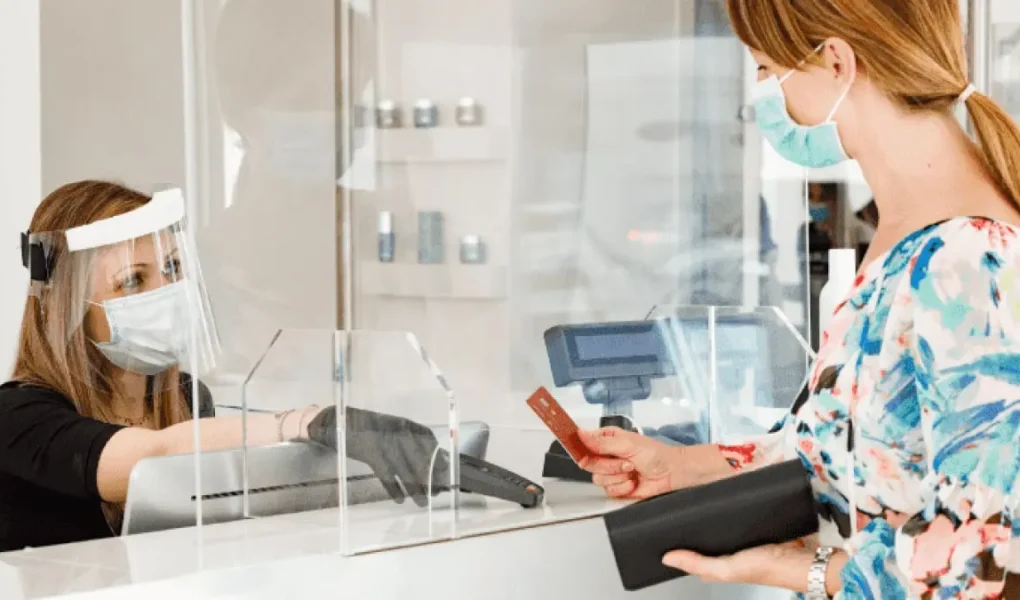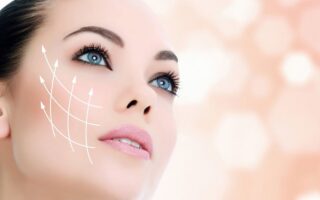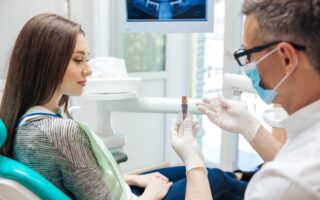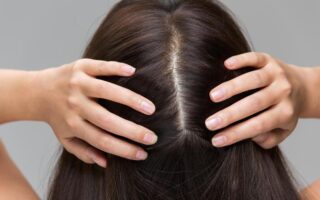The COVID-19 pandemic has transformed how we live, eat, work, and relax. Keeping social distance from loved ones and colleagues, sanitizing hands and surfaces at the drop of a hat, and not going out have become the new reality. However, businesses and offices have started to reopen, which presents immense challenges since it is impossible to maintain the social distance required for safety against infection. Retail counters of every kind, in addition to offices, have started to buy and install sneeze guards that studies showed to be effective against the virus from spreading through personal interaction.
Sneeze Guards Explained
According to social distancing norms, people should be separated by a distance of six feet at least. However, often simple things such as paying at a supermarket counter, conducting an interview, etc., are not possible from this distance. By using a sneeze guard, retail businesses and offices can protect their employees and customers from infection.
Sneeze guards are transparent barriers typically made from acrylic or Plexiglas installed at a place like a countertop that allows people on either side to talk with and hear each other without the danger of being exposed to the breath, spit, cough, or sneezes carrying the virus. The barrier traps the infected droplets and prevents the people interacting with each other from getting infected. The CDC recommends employers put up physical transparent barriers where social distancing is not an option.
Typical Applications of Sneeze Guards
Various places where customers and employees need to interact are increasingly using sneeze guards because of their simple but highly effective design. These places include doctor’s offices, restaurants, cash registers at stores, banks, office reception desks, ticket counters, public transport, schools, fitness centers, gyms, and others.
The U.S. Food and Drug Administration (FDA) and the National Sanitation Foundation (NSF) require all food on display in restaurants and bakeries to be protected either by a case or a sneeze guard. One can easily appreciate how hazardous it is for food, especially in buffets to be left open since people can lean over them and breathe onto the food causing them to be contaminated.
Many of the leading retail stores and grocery chains like Wal-Mart, Target, Kroger, etc., are using sneeze guards in a big way at their cash registers. It ensures customers and employees do not put each other at risk of exposure to germs since the implementation of a social distancing of six feet is not possible.
Many offices, banks, hotels, salons, etc., where customers need to approach reception desks have installed sneeze guards to make interaction with customers more hygienic. The employees can remain safe behind a physical barrier even though the reception desk may be handling a large number of customers. Similarly, doctor’s offices, pharmacies, even gas stations, and school offices are installing plastic sneeze barriers to keep their staff safe from infection.
Conclusion
Life will perhaps never return to the pre-pandemic days, and we will require being careful about maintaining social distance to prevent being infected. Since many situations do not permit owners of businesses to ensure customers stay at least six feet away, putting up sneeze guards is practical, easy, and effective.



